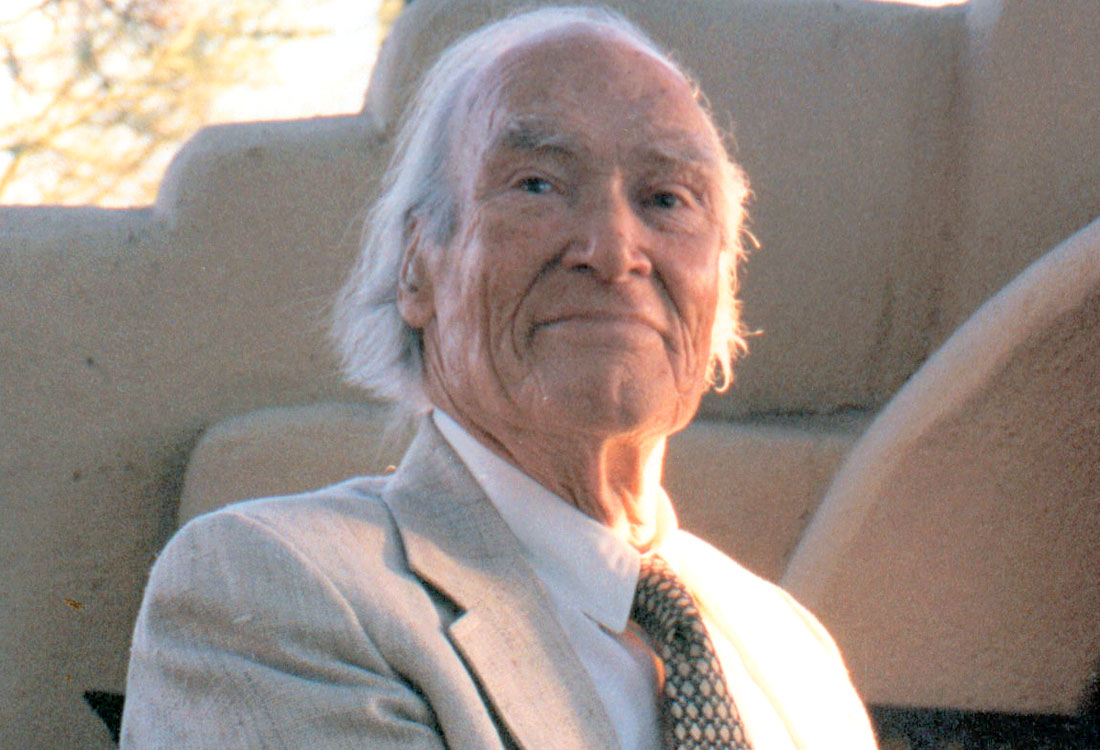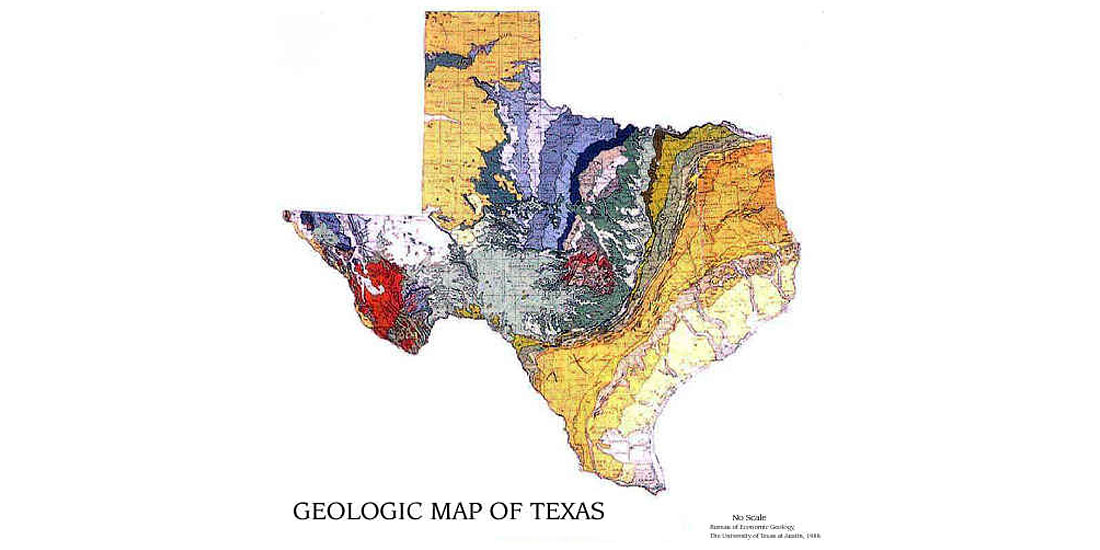August 2003: From the Directory Issue of CIM Bulletin (Canadian Institute of Mining, Metallurgy, and Petroleum See www.cim.org);
"The A.O. Dufresne Award for 2003 was awarded to ARTHUR A. BRANT, posthumously, "in recognition of his many contributions to the science and practice of mineral exploration, both in Canada and internationally." Dr. Brant was a SEG Distinguished Lecturer ill 1960, became an Honorary Member in 1963 and, in 1987, he was awarded the Maurice Ewing Medal.

Arthur A. Brant, who died January 28, 2002 in Tucson, Arizona, at the age of 91, left an enormous legacy in the science and practice of mining geophysics, both in Canada and internationally. Born in Toronto, October 23, 1910, Mr. Brant was a direct descendant of Joseph Brant (Thayendanegea), legendary Mohawk chief. He graduated from the University of Toronto in 1932, winning the Gold Medal in mathematics and physics. He obtained his M.A. in 1933 and then went to Princeton on the Queen's Scholarship in physics. He was given a German Exchange Fellowship at the University of Berlin, where he received a doctorate in 1936.
He returned to Toronto in 1937 as a professor of physics where he traced a newly discovered high-grade hematite deposit, which helped to establish the credibility of geophysics among the Canadian mining community. In 1946, with the Newmont Mining group, Arthur Brant successfully developed the induced polarization technique for the discovery of buried porphyry copper, bedded lead-zinc, and sulphide-related gold deposits.
Over the years, he published 22 papers and was granted 14 patents. He always kept a foot in academia, where he lectured widely: the Hoots Lectures at Stanford, the McKinstry Lectures at Harvard, Regents Lectures at Berkeley as well as countless lectures in Japan, India, Germany, Australia, and Canada. He served on various advisory committees at Princeton, UCLA, Berkeley, and several others. Mr. Brant was adjunct professor at both Columbia University and the University of Arizona. He organized the first mining program at the 1948 Society of Exploration Geophysics meeting in Denver.
*The five CIM Distinguished Lecturers for 2003 included ALICE V. PAYNE of Calgary, Alberta, as Calgary Branch Nominee, in recognition of a lifelong contribution to both mineral and petroleum geology, leadership in encouraging young women to pursue careers in geology, and enthusiastic commitment to technical and professional associations and community activities.
*Above Information previously published in the 2004 CIM Directory - reprinted with permission of the CIM.
November 18, Ft McMurray: The CIM Oil Sands Branch hosted CIM Distinguished Lecturer, Alice Payne, on "Tom Payne's Search for Gold". The talk outlined how, after a stint in northern Manitoba, Tom Payne finally discovered a rich gold mine among the quartz veins at Yellowknife; he formed Quin Kola Gold Mines Limited and made a historic mining deal with Cominco. Tom's four claims became part of the 'Con' mine; one of Canada's largest operating gold mines. Instead of retiring later in life, he found new partners and drilled an oil well in Alberta. His story illustrates the heady excitement of frontier exploration, with the persistence and luck required for success.
Montreal, December 3, 2003 - CIM adopts Estimation Best Practices Guidelines: At its Council meeting in Montreal on November 23, 2003, the Canadian Institute of Mining, Metallurgy and Petroleum (CIM) adopted best practice guidelines for the estimation of mineral resources and mineral reserves as presented in the report "Estimation of Mineral Resources and Mineral Reserves Best Practice Guidelines" dated May 30, 2003. This report is available in PDF format on the CIM website at www.cim.org/committees/estimation2003.pdf
AAPG Explorer, November 2003: "Mackenzie Delta Production Tests Positive - Gas Hydrate Research Advances", by Art Johnson and Tim Collett. (See www.aapg.org), In addition to a review of US and GOM perspective, the on-line version of the Explorer includes links to the website of the MH21 Research Consortium, which is lead by the Geological Survey of Canada, and the Japan National Oil Company. That site has an interesting video clip about the WT Mallik tests. See www.mh21japan.gr.jp/english/

Austin Texas, Jan 25, 2004: Texas Board of Geoscience Professionals (http://tbpg.state.tx.us): There are now 6010 Professional Geoscientists in Texas. Approximately 4000 applications we re filed in the last weeks of August 2003 to meet the legislated grand father clause deadline. Approved applications suggest the disciples are represented as 85% Geology, 14% Geophysics, and 1% Soil Science. All new applicants must take the ASBOG (American Society of State Boards of Geology) exam in their discipline to complete their application to the Texas Board of Professional Geoscientists. Exam information for Geophysics and Soil Science will be added to the website as it becomes available.
The site also contains a link to the AAPG article, by Peter Rose, titled "Is Licensure Good Business?" See http://www.aapg.org/explorer/business_side/2003/01jan.html. The geological map of Texas is from the Texas Bureau of Economic Geology at http://www.aipgtx.org/graphics/texgeo.jpg











Share This Column